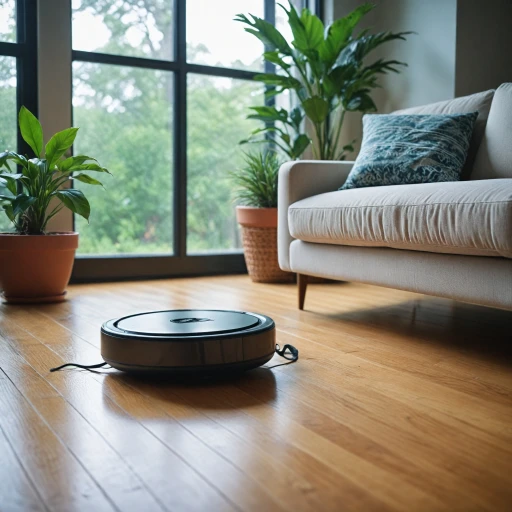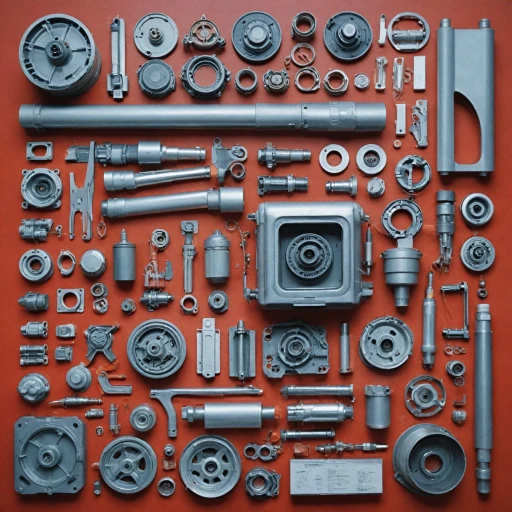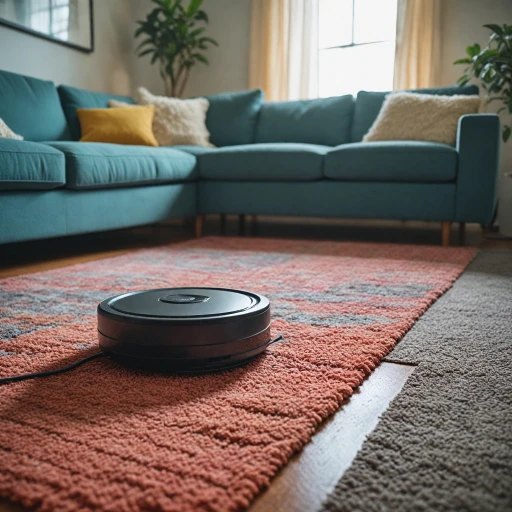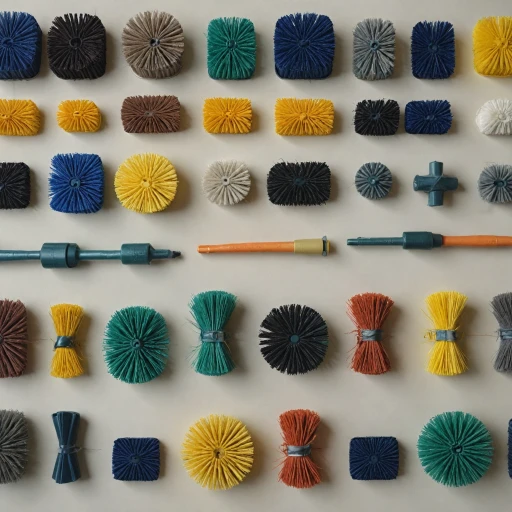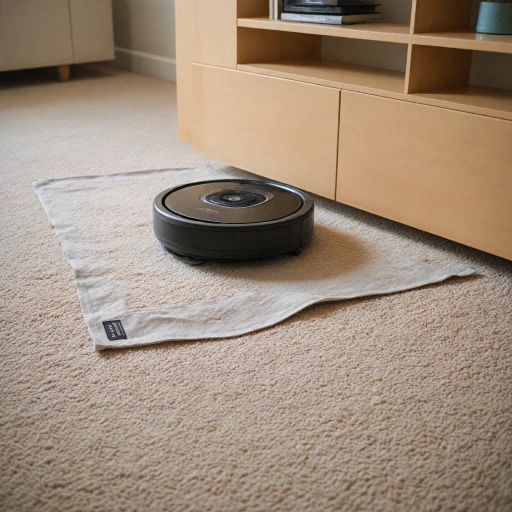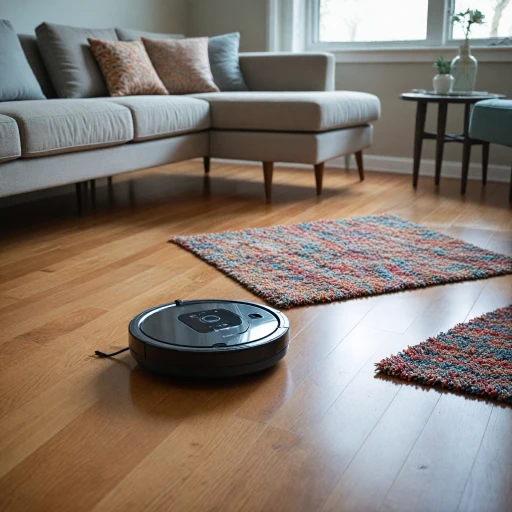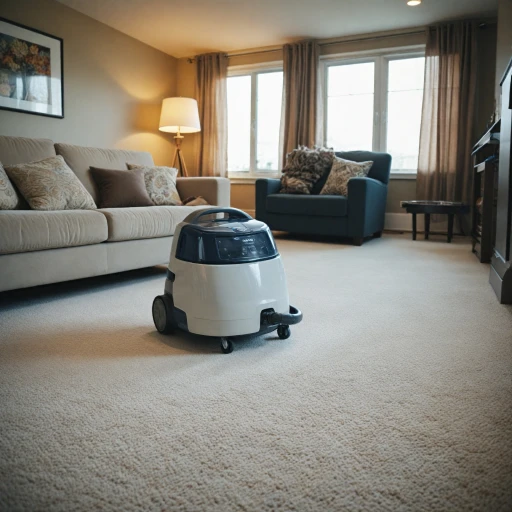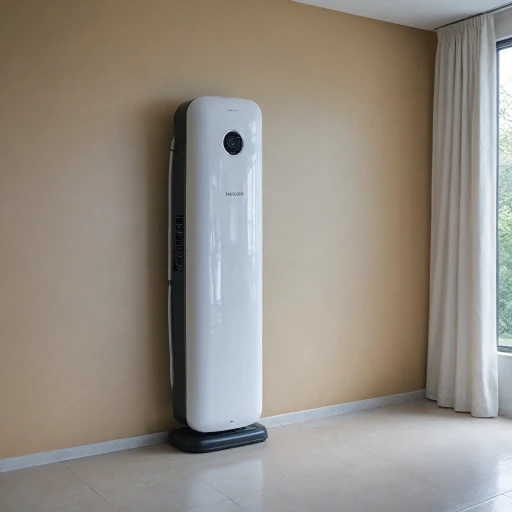Understanding Mold and Its Health Implications
The Invisible Threat Lurking in Homes
Mold is a common problem in many households, and its presence can pose serious health risks. Mold spores are tiny particles that float through the air, unnoticeable but potentially harmful. They thrive in damp and humid environments, making certain parts of homes, like crawl spaces, susceptible areas for growth. Understanding the implications of mold is crucial when considering effective cleaning solutions, such as HEPA vacuums, that can help manage this issue.
Health Risks Linked to Mold Exposure
Exposure to mold spores can lead to a range of health issues, especially for people with allergies, asthma, or weakened immune systems. Symptoms can include nasal congestion, throat irritation, coughing, and in severe cases, respiratory infections. This explains the demand for effective mold remediation methods, including the use of vacuums equipped with HEPA filters. A HEPA vacuum can be a crucial tool in maintaining clean, safer indoor air quality by capturing and containing these tiny, harmful particles.
How HEPA Filters Work Against Mold
Mechanisms of HEPA Filters in Mold Elimination
HEPA filters have gained a reputation for their effectiveness in improving indoor air quality, and they play a crucial role in mold remediation. Their design allows them to capture a wide range of particles, including mold spores, dust, and other allergens. But how exactly do they work? One of the most significant features of HEPA filters is their ability to trap particles as small as 0.3 microns with an impressive efficiency of 99.97%. This high rate of filtration is achieved through a complex web of randomly arranged fibers, which creates a dense mat that captures these tiny particles as they pass through. By incorporating a HEPA filter, your vacuum cleaner becomes a potent tool against mold. This is especially important when vacuuming mold-affected areas. The filter ensures that mold spores and other microscopic particles are not reintroduced back into the air, making it a best choice for anyone looking to maintain a healthy living environment. To make the most of hepa vacuums, it is essential to understand that not all vacuum cleaners equipped with these filters are created equal. You will need to consider the vacuum’s motor strength and canister design, as these factors influence the overall suction power and effectiveness in mold removal. The motor needs enough power to draw air through the dense mat of a HEPA filter. For those concerned about dust and mold spores polluting their living spaces, choosing the right type of vacuum is crucial. Options include upright vacuums for thorough cleaning, canister vacuums for more maneuverability, and even backpack vacuums for ease of use in tighter spaces like a crawl space. HEPA filtration technology is utilized across these different models, ensuring a fit for every cleaning need. While HEPA vacuums are an excellent investment for dealing with mold, maintaining your equipment is essential. This involves regular cleaning or replacing the filters to avoid clogs, ensuring that the vacuum continues to operate at its best capacity. In the case of humid environments, being proactive with your cleaning routine is paramount to prevent the accumulation of moist dust and spores within the device. Furthermore, it’s worth noting that investing in a quality vacuum mold doesn't always mean breaking the bank. A variety of price ranges are available, particularly if you explore options on platforms like Amazon. Cordless options are also available for those seeking a more versatile and convenient cleaning solution.Key Features to Look for in a HEPA Vacuum for Mold
Understanding the Importance of Specific Features
When selecting a HEPA vacuum for tackling mold, it's crucial to focus on certain features that enhance the device's efficiency and usability. These key attributes ensure that the vacuum not only removes visible mold but also effectively filters out spores and other particles, promoting a healthier indoor environment.- HEPA Filtration: The core of any effective vacuum against mold is its HEPA filtration. A true HEPA filter captures 99.97% of particles as small as 0.3 microns, crucial for trapping mold spores and improving air quality.
- Sealed System: A vacuum with a completely sealed filtration system ensures that all air flows through the HEPA filter and not around it. This is important for ensuring no spores escape back into the environment.
- Powerful Motor: A high-performance motor will boost the vacuum's suction power, making it more effective in removing deeply embedded mold particles from various surfaces such as carpets and upholstery.
- Versatile Attachments: Accessories like crevice tools and brushes help reach tight spaces and surfaces where mold often lurks, such as in crawl spaces or behind appliances.
- Ease of Use: Consider the vacuum's weight, design, and whether it’s a canister or upright vacuum. Canister vacuums provide better maneuverability, especially with attachments, while upright models offer easy storage and use. Cordless or backpack vacuums might be suitable for specific areas or larger cleaning tasks.
- Capacity and Maintenance: Check the bag or dustbin capacity. Larger capacities minimize the frequency of emptying, but it’s essential to handle bags or bins carefully to avoid dispersing captured mold spores.
- Cost and Value: The vacuum's price should reflect its features and build quality. While some models might seem pricey, the investment in the best hepa vacuums can significantly alleviate mold issues, reducing health risks.
Comparing Top HEPA Vacuum Models for Mold Removal
Evaluating Leading HEPA Vacuums for Mold Removal
When it comes to tackling mold, choosing the right HEPA vacuum is crucial. In this section, we'll explore some of the top models available, focusing on their features, performance, and price. A good HEPA vacuum should effectively capture mold spores and prevent them from being released back into the air.
Top HEPA Vacuum Models
- Upright HEPA Vacuums: These are popular for their powerful suction and ease of use. They often come with multiple attachments, making them versatile for different surfaces. Look for models with a sealed HEPA filtration system to ensure no mold spores escape.
- Canister HEPA Vacuums: Known for their flexibility, canister vacuums are excellent for cleaning hard-to-reach areas. They usually have a long hose and various attachments, including a crevice tool, which is great for tight spaces.
- Backpack HEPA Vacuums: Ideal for commercial use or large spaces, these vacuums offer mobility and efficiency. They are typically lightweight and come with powerful motors to handle extensive cleaning tasks.
- Cordless HEPA Vacuums: For those who prioritize convenience, cordless models provide freedom of movement without the hassle of cords. While they may have shorter battery life, they are perfect for quick clean-ups and smaller areas.
Key Considerations
When comparing these models, consider the following factors:
- Filtration System: Ensure the vacuum has a true HEPA filter capable of trapping 99.97% of particles as small as 0.3 microns, including mold spores.
- Motor Power: A powerful motor ensures efficient suction, which is essential for deep cleaning and mold removal.
- Price and Warranty: Evaluate the cost against the features offered. A higher price often correlates with better performance and durability. Check for warranties that cover the motor and filters.
- Accessories: Look for vacuums that come with a variety of tools, such as a crevice tool and dusting brush, to enhance cleaning capabilities.
Each of these models has its strengths, and the best choice will depend on your specific needs and budget. By understanding the features and benefits of each type, you can make an informed decision that ensures effective mold remediation and a cleaner, healthier home environment.
Maintenance Tips for Your HEPA Vacuum
Regular Cleaning to Maintain Optimal Performance
Keeping your HEPA vacuum functioning at its best is crucial for effective mold removal and ensuring clean air in your home. Regular cleaning of the vacuum parts is essential, particularly focusing on the filter, motor, and dust canister. HEPA filters can become clogged with dust and mold spores over time, reducing their efficiency in trapping particles. Consulting your vacuum’s manual can provide specific cleaning instructions for your model, ensuring best practices are followed.
Replacing HEPA Filters and Vacuum Bags
HEPA filters and vacuum bags play a significant role in the filtration process. Regular replacement of these components is necessary to maintain high air quality and prevent mold spores from circulating back into the air. HEPA vacuums typically come with manufacturer guidelines on how often these replacements should occur, often depending on usage frequency and the environment being cleaned. Compared to standard filters, HEPA filters may come at a higher price, but their efficiency in filtration makes them a worthwhile investment.
Inspecting and Maintaining the Vacuum Motor
The motor is the heart of any vacuum cleaner, and HEPA models are no exception. Regular inspection of the motor can prevent potential breakdowns and prolong the life of your vacuum cleaner. Ensuring that the motor’s vents are free from obstructions will help maintain optimal airflow and suction power, directly impacting the vacuum’s ability to capture mold spores and dust efficiently.
Considerations for Specific Models
Different HEPA vacuums such as canister vacuum, upright vacuum, and cordless vacuum have distinct maintenance requirements. For instance, canister vacuums might require more frequent cleaning of hoses and attachments like the crevice tool to prevent blockages that can reduce suction. Choosing the best HEPA vacuum for your specific needs, including considerations for mold remediation, directly influences how often and how intensely maintenance tasks should be carried out. This not only ensures cleaner air but extends the durability and efficiency of the equipment.
Addressing Common Concerns and Misconceptions
Debunking Myths and Addressing Concerns
When it comes to investing in a HEPA vacuum for mold remediation, it's not uncommon to encounter some misconceptions that might influence your decision-making. Here, we'll clarify some of these concerns to ensure you have a well-rounded understanding.- HEPA Vacuums Are Not All Created Equal
- Price vs. Performance
- Mold Spores in the Air
- Bag or Bagless Options
- Cordless Convenience and Effectiveness

